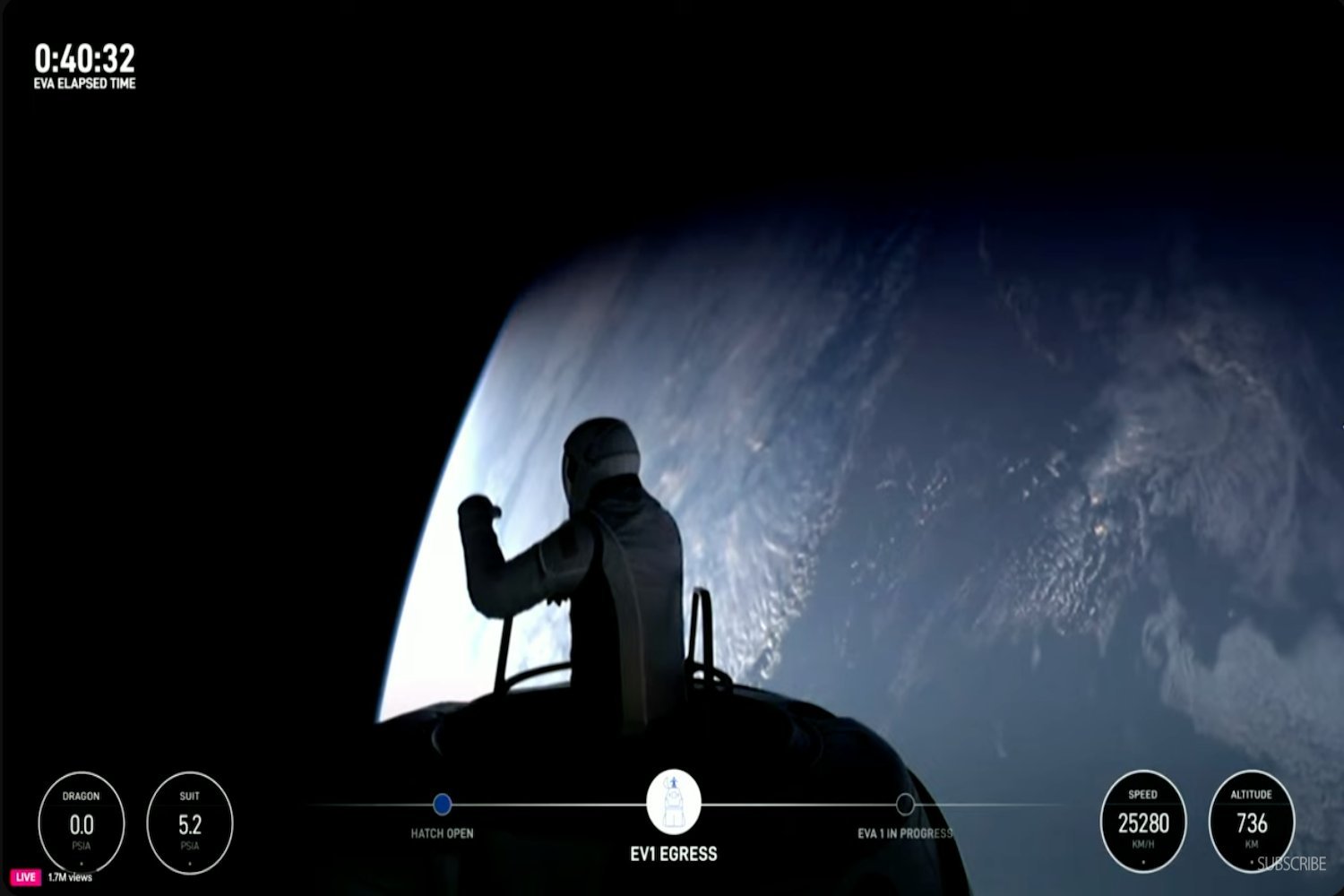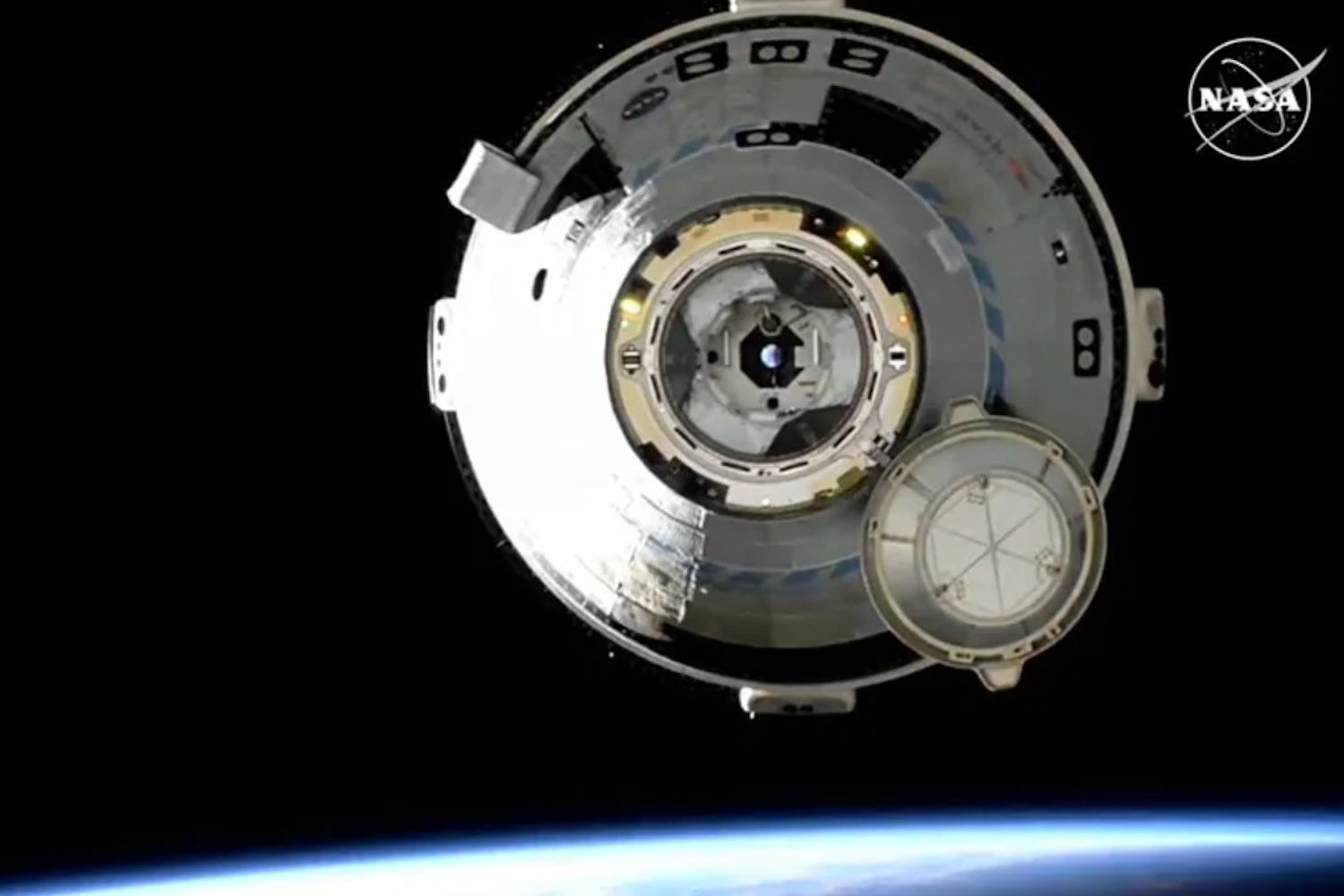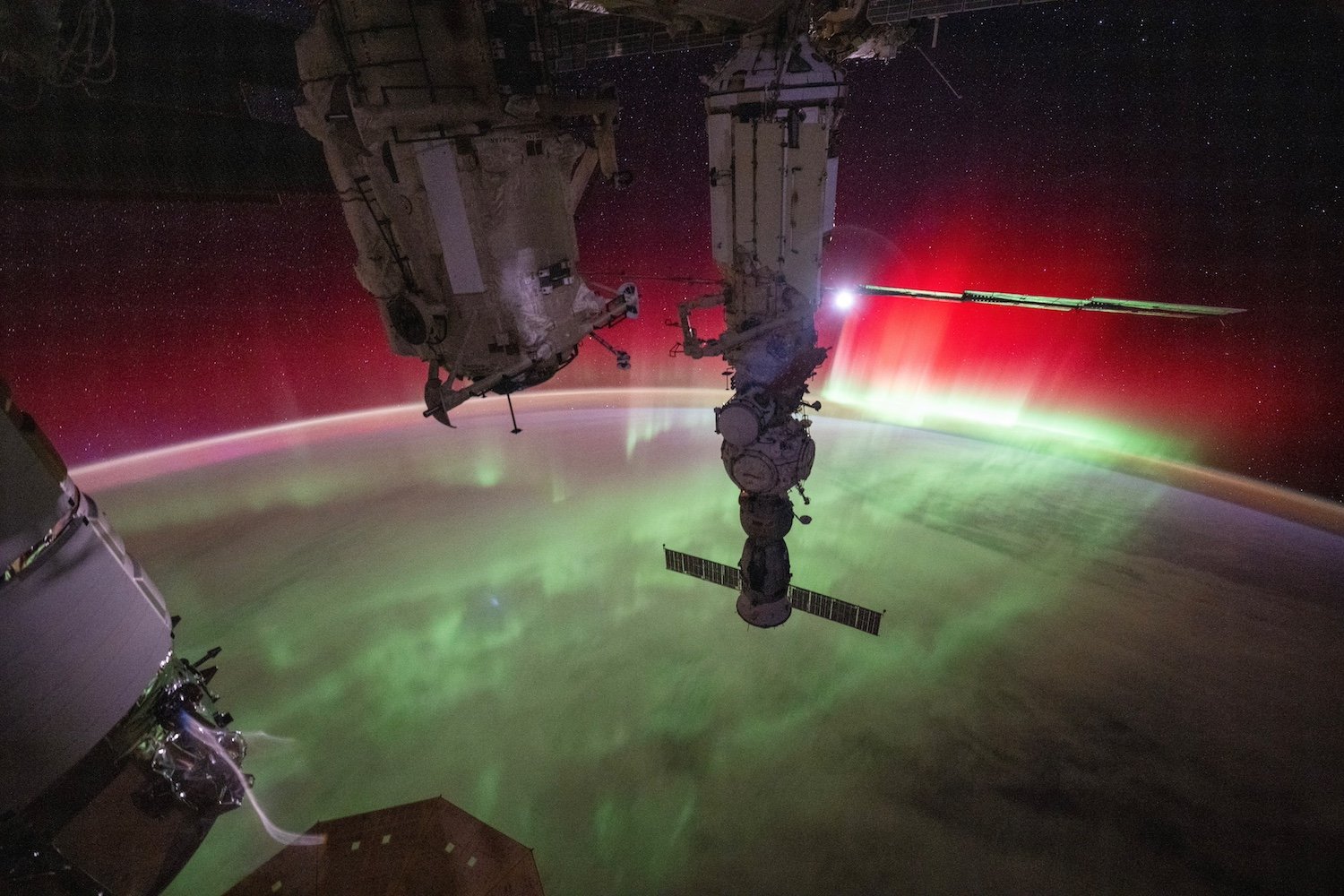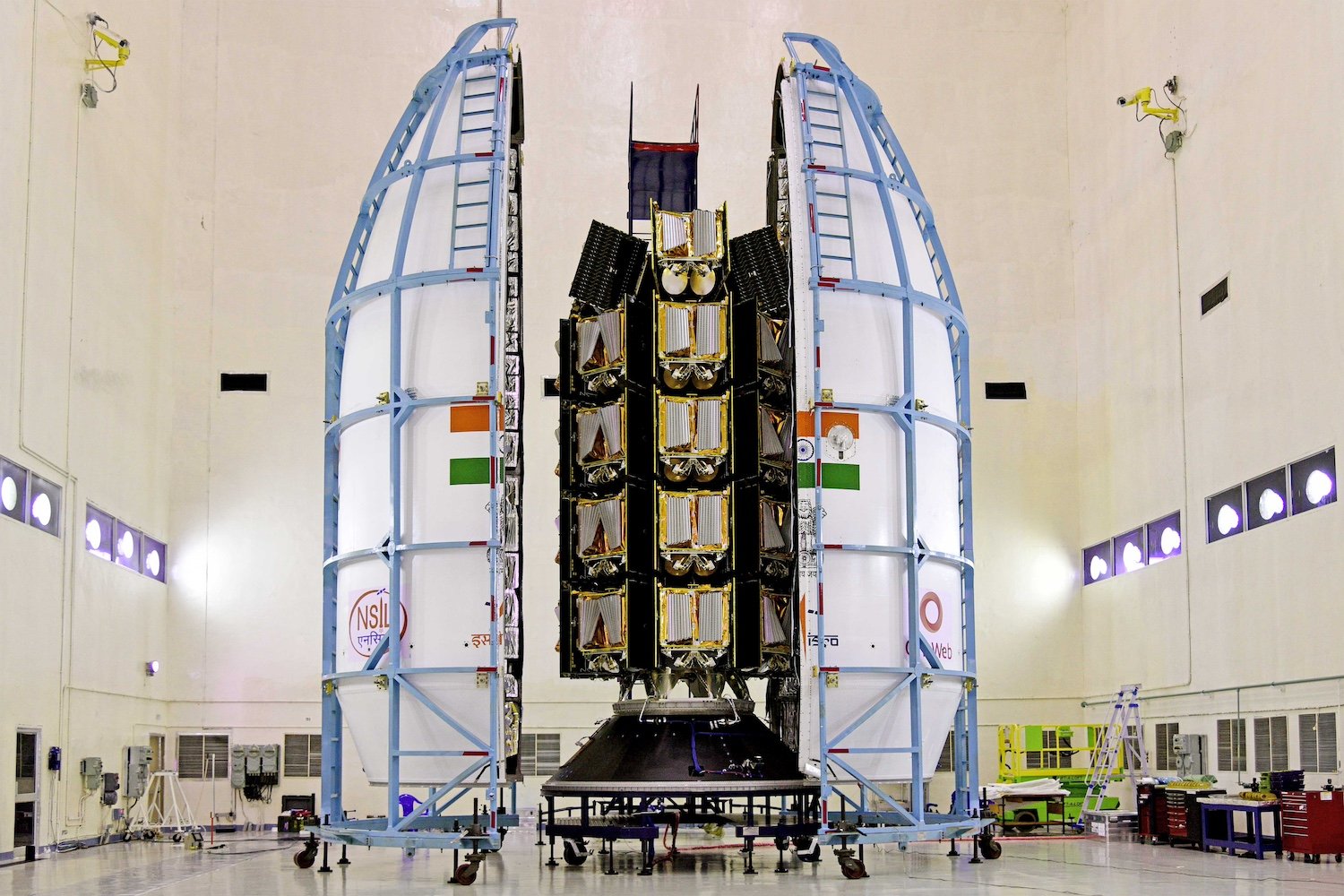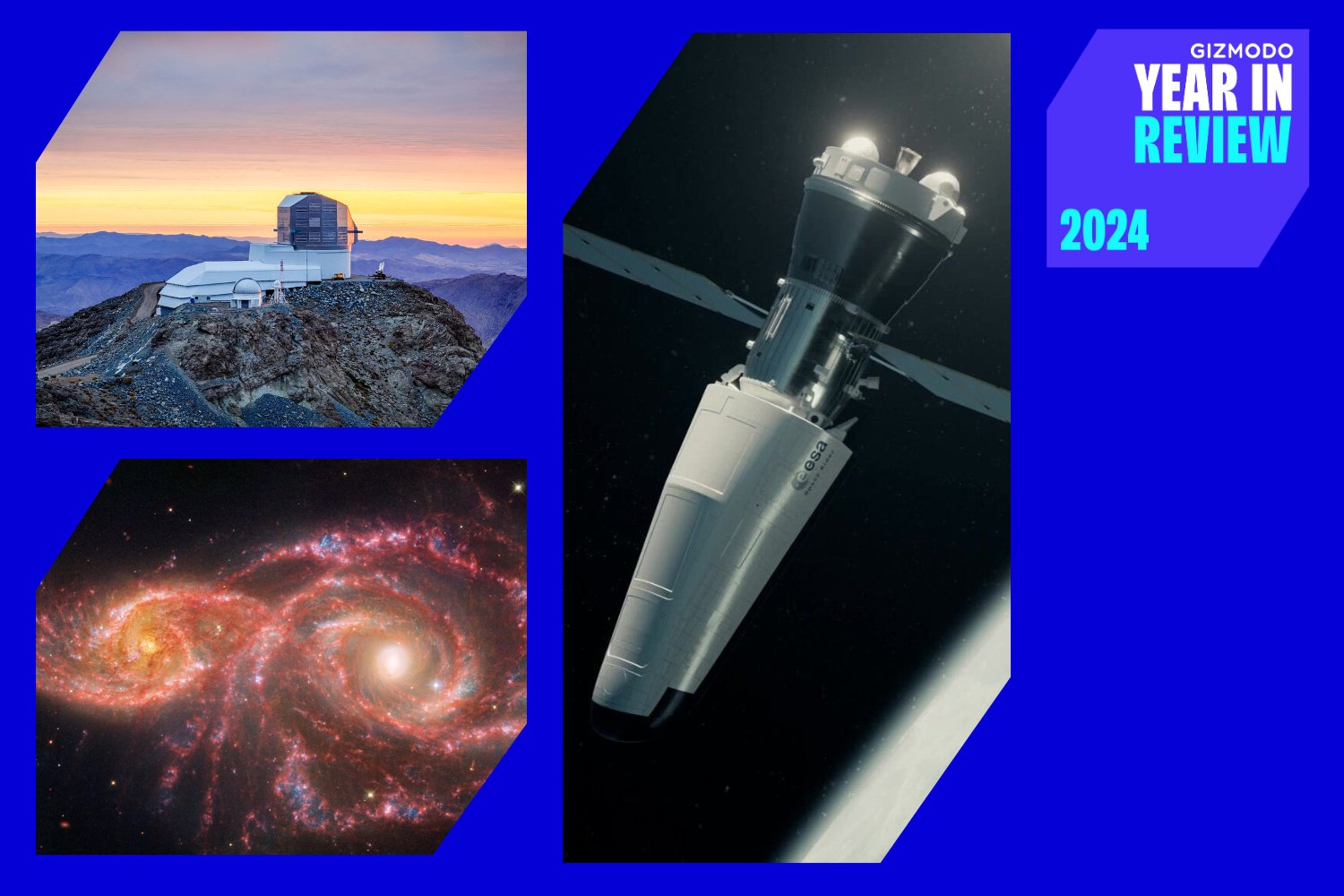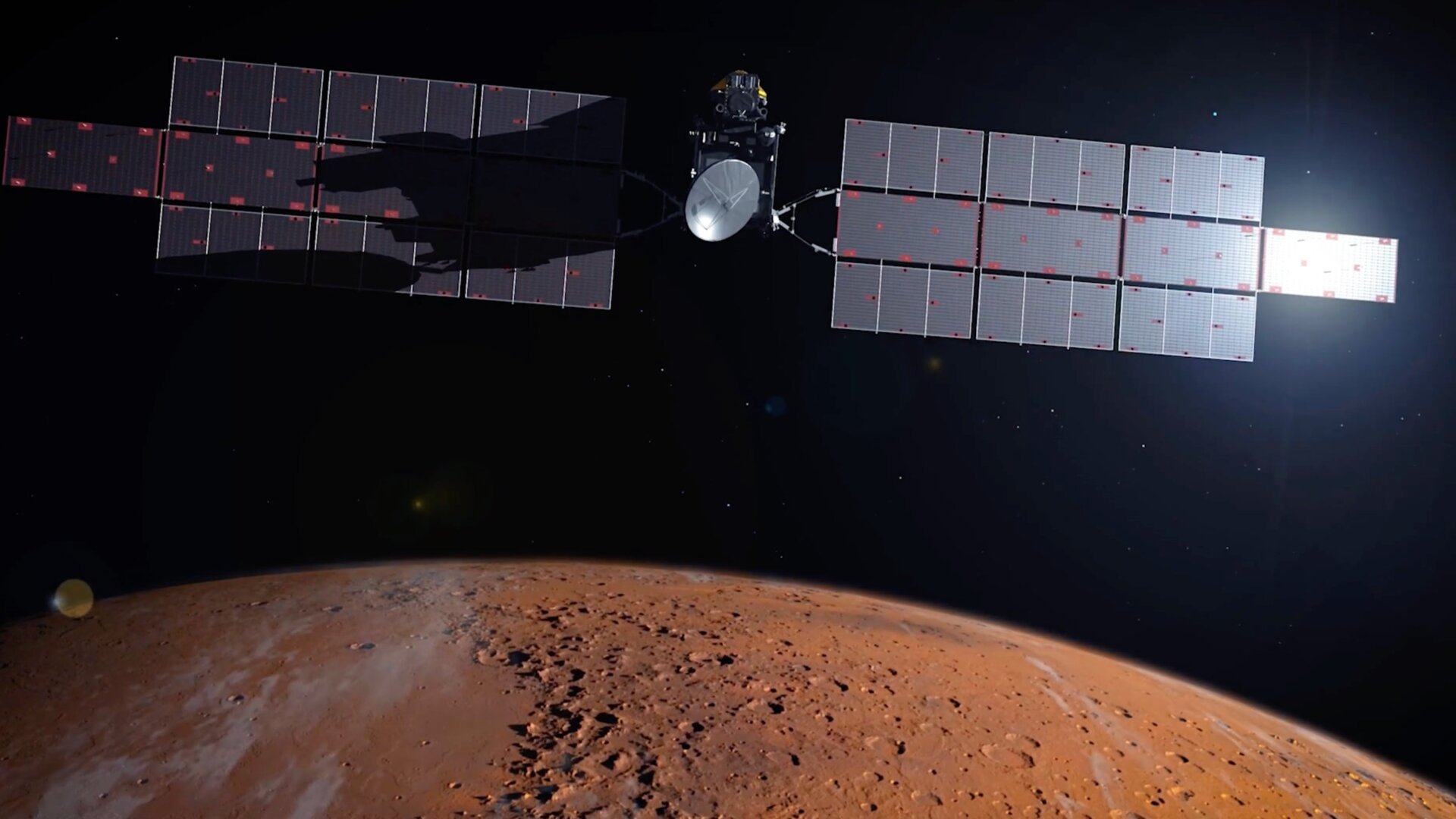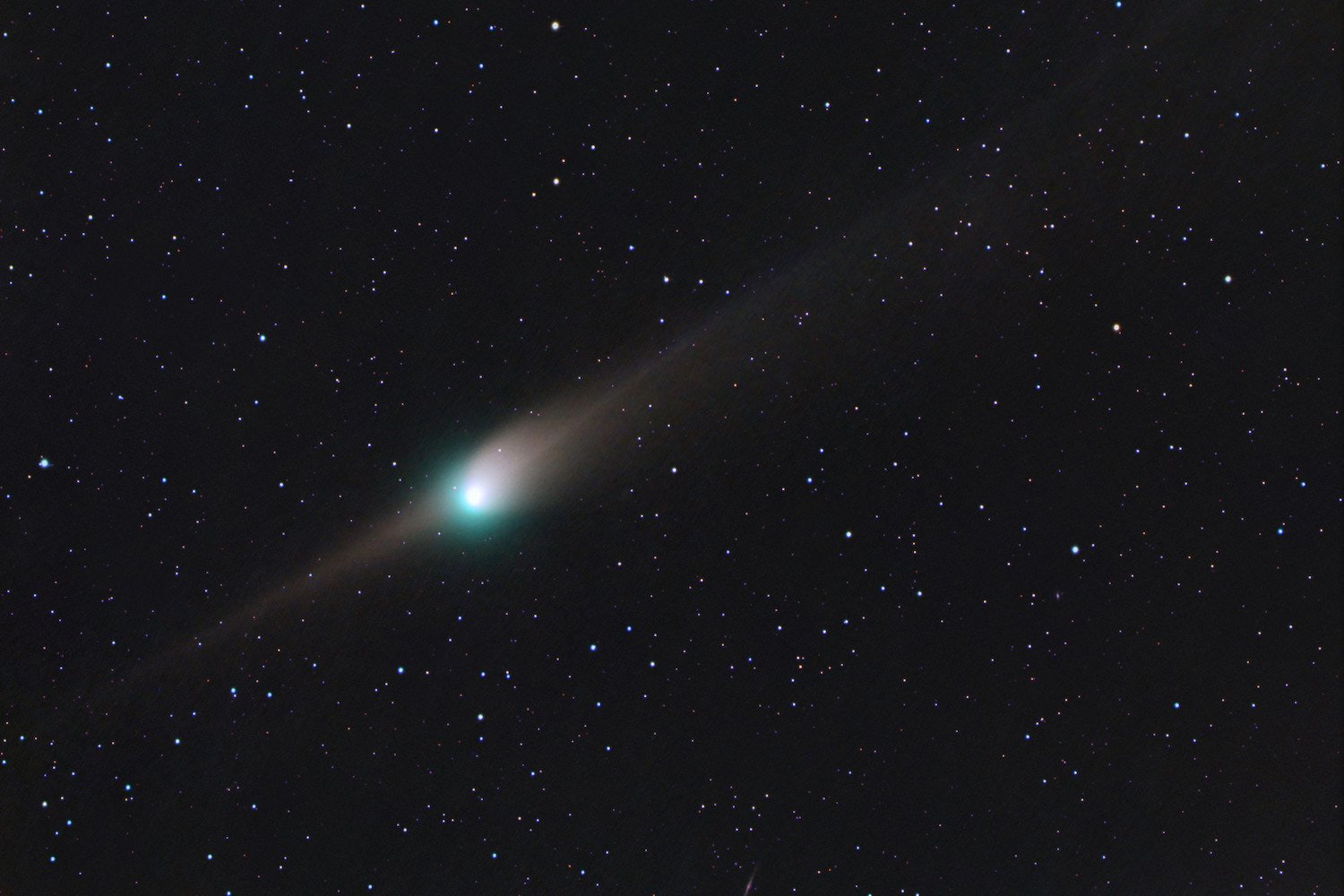The Polaris Dawn mission, a privately funded endeavor, etched its name in spaceflight history by conducting the first-ever commercial spacewalk. This groundbreaking achievement saw crew members exit a SpaceX Dragon capsule, venturing into the vacuum of space and marking a new era for private space exploration.
Early Thursday morning, the Polaris Dawn crew initiated the world’s first private spacewalk, donning their specialized extravehicular activity (EVA) spacesuits within the Dragon spacecraft. While all four astronauts were exposed to the vacuum of space during the depressurization process, only two members actually exited the spacecraft’s hatch. SpaceX confirmed these details via a series of updates on X (formerly Twitter).
A unique challenge faced by the mission stemmed from the Dragon capsule’s lack of an airlock, a standard feature on the International Space Station. This necessitated depressurizing the entire crew cabin before opening the hatch, exposing all astronauts to the vacuum of space.
At 6:52 a.m. ET, mission commander Jared Isaacman became the first to emerge from the Dragon, taking in the breathtaking view of Earth. The billionaire space enthusiast performed a series of mobility tests in SpaceX’s newly designed spacesuits, specifically engineered for the mission, before returning inside. SpaceX engineer Sarah Gillis followed, conducting her own series of tests outside the hatch.
SpaceX provided a live stream of the event, offering viewers stunning visuals of the astronauts against the backdrop of space, Earth’s curve outlining their silhouettes as they maneuvered in their tethered spacesuits. During the spacewalk, Isaacman communicated back to Earth, noting, “SpaceX, back at home we all have a lot of work to do, but from here, Earth sure looks like a perfect world.”
The Polaris Dawn mission commenced its journey on Tuesday at 5:23 a.m. ET, launching aboard a SpaceX Falcon 9 rocket from NASA’s Kennedy Space Center in Florida. This mission marks the first of three private missions utilizing a SpaceX Crew Dragon spacecraft, commissioned by tech entrepreneur Isaacman.
The mission is rife with groundbreaking objectives. On Wednesday, the Dragon spacecraft achieved a peak orbit of 870 miles (1,400 kilometers), the highest altitude ever reached by a SpaceX crew capsule. This impressive feat placed the Polaris Dawn crew within the Van Allen radiation belts, a zone of energetic charged particles commencing approximately 600 miles (1,000 kilometers) above Earth. A key component of the mission involves studying the effects of this radiation on astronaut health.
Polaris Dawn will also pioneer the testing of SpaceX’s Starlink laser-based communication system in space. This technology utilizes lasers for high-speed data relay between satellites, offering potential advancements for communication systems in future lunar and Martian missions.
The five-day mission is scheduled to conclude with a splashdown off the Florida coast. During their time in orbit, the crew will conduct approximately 30 scientific experiments and research projects, primarily focused on understanding the impact of space radiation on human health.
Thursday’s spacewalk represents a significant leap forward in commercial spaceflight, propelling private astronauts far beyond the conventional suborbital journeys. While space may still feel distant for many, endeavors like Polaris Dawn continue to bridge the gap between dream and reality.
The ambitious goals of Polaris Dawn highlight the evolving landscape of space exploration, pushing boundaries and paving the way for further advancements in commercial space travel.



